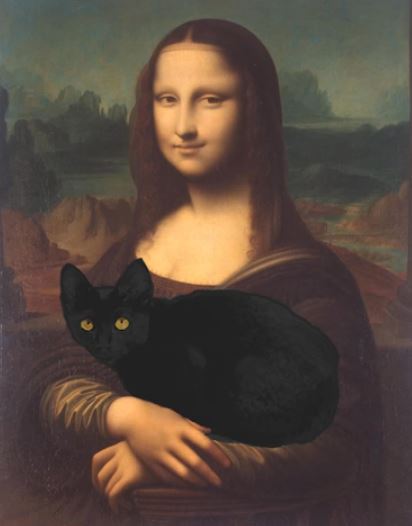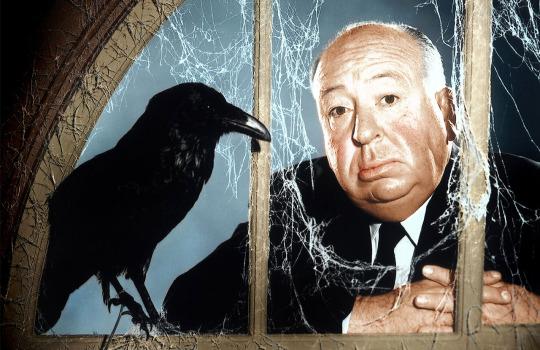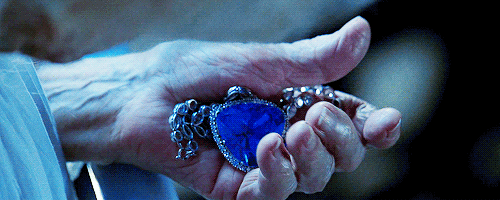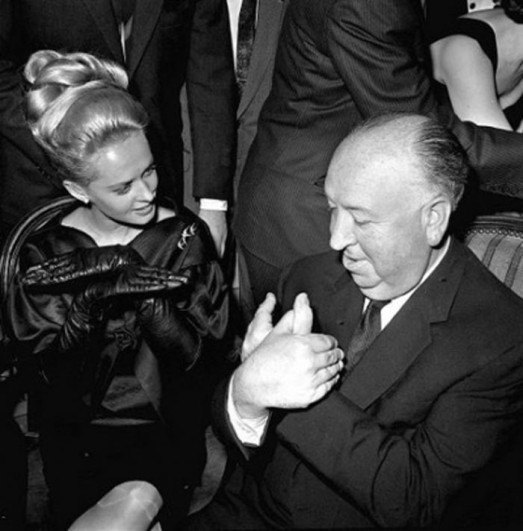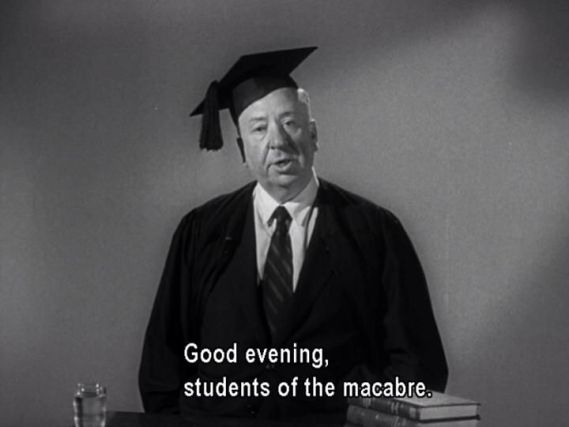
Fairy tales were meant to be dark. Dark and sinister, full of evil stepmothers, vengeful ogres, big bad wolves and seemingly unsolvable problems. Fairy tales take us into hidden realms of the psyche, thus giving an opportunity to explore, provoke, and discover new power.
No one understood this better than 20th century child psychologist Bruno Bettelheim. Today I pay homage to this man, born on August 28, 1903, in Vienna, Austria.

Having spent the greater part of his professional career involved with emotionally disturbed children, in 1976 Bettelheim published his masterpiece The Uses of Enchantment: The Meaning and Importance of Fairy Tales. In this book, Bettelheim explained how fairy tales are symbolic of healthy human development. He advocated fairy tales as necessary for children to make the process of ‘growing up’ easier. A good dark fairy tale gives the child a chance to stimulate his/her imagination and think up creative solutions to problems.
While Disney was busy sanitizing Cinderella, and while the censorship dogs fanned the flames of banned books, Bettelheim became an advocate for exploration of the scary monsters, the bloodthirsty giants, the magic mirrors.
Bettelheim himself was no stranger to the Dark Side. His life was a series of unfortunate incidences, but it was also full of unprecedented victories.
Born just after the turn of the 20th century, Bruno was the son of a wood merchant. His family was Jewish and middle class. In his early twenties he began study at the University of Vienna but when his father became ill he quit school to take over his family’s lumber business. Dark strike number one.
As it turned out – the illness Bruno’s dad was suffering from happened to be syphilis. This reportedly brought a slow and painful death, not to mention irrevocable shame and stress upon his family. Dark strike number two.
In 1930 Bettelheim married his first wife Gina. Eventually he returned to the university, earning a Ph.D in philosophy. In 1938 he became an accredited psychiatrist and was one of the last Jews in Europe to be awarded a Doctorate degree before the Holocaust.
Enter the Nazis. In 1939 Bruno was arrested by the Gestapo. He was imprisoned in Dachau and Buchenwald. Dark strike number three.

Luckily, he was released through payment (Nazi officials not being beyond bribery.) Upon returning to a blighted Vienna, Bruno found that his wife had left him, his home and business were devastated, and he had lost virtually everything. Dark strike number four.
In 1941 he married his second wife Gertrude Weinfeld. They emigrated to the United States in 1943 and became citizens. Bettelheim published his experiences from the concentration camps in his 1943 work: Individual and Mass Behavior in Extreme Situations. He eventually became a professor of psychology, teaching at the University of Chicago from 1944 until his retirement in 1973.
Bettelheim also served as director of the Sonia Shankman Orthogenic School at the University of Chicago, a home for emotionally disturbed children. His work there was world famous. The Uses of Enchantment became a best seller. It was awarded the U.S. Critic’s Choice Prize for criticism in 1976 and the National Book Award in the category of Contemporary Thought in 1977.

To be fair, it should be noted that Bettelheim was also considered controversial. He has been called “inspiring, aggressive, irascible, dismissive of fools, and capable of both great kindness and great unkindness.”
Perhaps he had to be. He was up against academia and a culture that, for the most part, does not like to examine its own flaws.
The need to sanitize fairy tales was no doubt well intended. Walt Disney himself was also no stranger to the Dark Side. His remedy was to create likable dwarfs that whistled while they worked and a sweet as pie Cinderella that never did harm to anyone.
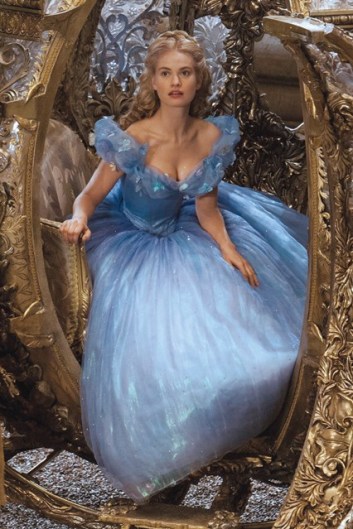
Never mind that the original Cinderella sent her birds to pluck out the eyes of her stepsisters. Never mind that the stepsisters literally mutilated their own feet with knives in a effort to fit the slipper. Never mind that the dwarfs had prurient intentions toward the nubile Snow White — who might be considered a prototype for Nabokov’s Lolita. Some things are simply not for children’s eyes and ears.
However, Bettelheim argued that an attempt to hide hard and sinister truths from children would only hinder their development, making them less able to cope as adults. (Besides that, it would cut out a good deal of the fun!) Most children are very interested in the Dark Side. It has a magnetic quality. They love to hate the villains and identify with the heroes.

As our society becomes more self conscious and politically correct, we are more in danger of sanitizing reading material. This trend could greatly damage young people.
I once read an internet review of Alice in Wonderland in which the adult reader claimed this story was ‘way too scary for children.’
Consider the so called scary parts of Alice: Tumbling down a big rabbit hole and then having no control over your own growth. Facing a queen who threatens to behead the entire world.

Bettelheim argues that this type of scary story is good for kids because it allows them a chance to face terrible circumstances in their imagination, and follow the hero to a creative solution. Thus when kids are with a real life problem, it will not be so overwhelming.
Bruno Bettelheim and Albert Einstein both knew this. Einstein, a great fan of fairy tales, often advocated for the use of them in education. Magic hits us in the quantum heart.

If we want our children to be free thinkers, problem solvers and imaginative individuals, we would do well to let them to explore the dark side of fairy tales.
Happy Birthday Bruno!






